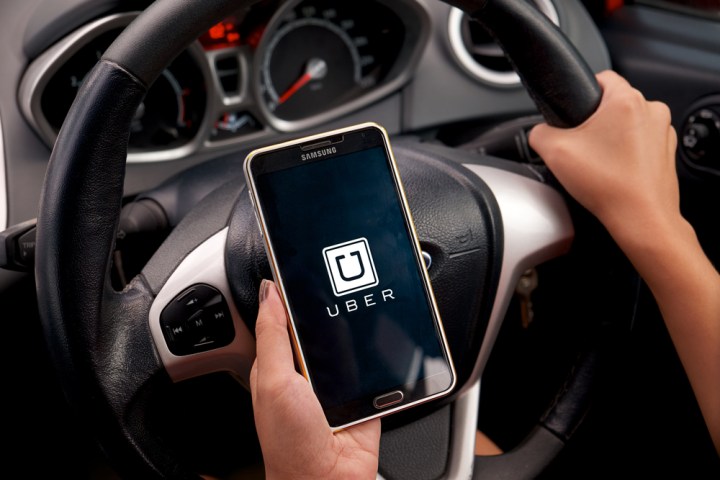
Lyft started a ride scheduling pilot test in San Francisco last month that was limited to Lyft employees. Uber’s Scheduled Rides has launched in Seattle and it’s initially for business customers only. It’s also for Uber X, the most popular service, not Uber Black.
You can set up a Scheduled Ride 30 minutes to 30 days in advance. Just schedule your pickup date, time, location, and destination, and you’re all set. There is no difference in fares, though if surge prices are in effect for normal Uber service at the time, they will be for your Scheduled Ride as well. You’ll be given a normal pricing ride cost estimate when you schedule it. You can cancel your Scheduled Ride with no cancellation fee, as usual, within 5 minutes after the car is dispatched.
The advantages of Uber’s Scheduled Rides service are you don’t have to be concerned about a lack of Uber cars available and, if you like, you can schedule a month’s worth of rides ahead of time.
So even if you need to be picked up at 4 a.m. to get to an airport in time, you’re covered. In case you forget that you set up the ride, Uber sends a reminder the day of the ride. You’ll also get a message when the driver departs to pick you up (good for piece of mind but also if you need to cancel so you’ll know when the five-minute window starts). If surge pricing will apply, you’ll be informed of that, too.
Just as Uber ridesharing is competing with taxis, Scheduled Rides extends the business model to compete with car services as well. When Uber Scheduled Rides service gets to your city, you’ll have another convenient ride option.
Editors' Recommendations
- Uber gives up on developing its own self-driving car
- Uber may be banned in London. Could the same thing happen in the U.S.?
- The best cars for Uber
- Uber Pet allows furry passengers to ride with you for an extra fee
- Uber and EVgo team up to increase use of electric cars in ridesharing




